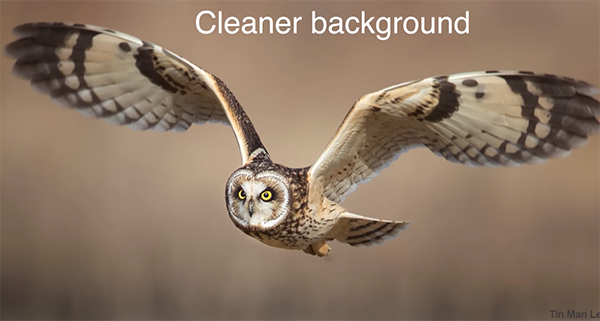Shoot Sharp Nature & Wildlife Photos with These 9 Unconventional Tips (VIDEO)
Capturing sharp photos is a goal of all photographers, and it’s best to get the job done in the camera. That’s because things can go wrong when attempting to fix soft images in post-processing.
In the tutorial below a top pro reveals nine “unconventional” tips for shooting sharp photos that you likely haven’t heard before. His advice may be different from what you’ve heard in the past, but it works wonders for all genres of photography and you can start using it today.
Instructor Tin Man Lee is an award-winning wildlife photographer whose students themselves have won more than 300 national and international honors. Lee learned tip one from a legendary National Geographic photographer while they were shooting wildlife in Yellowstone National Park.

This technique is all about shooting wide-open, preferably with a prime lens, even when situations may indicate otherwise. That’s because as long as the eyes of your subject are sharp, human perception is such that the image conveys a feeling of sharpness. The bonus is a soft background that further accentuates the eyes.
Lee also discusses the difference between zoom lenses and primes from the perspective of a wildlife photographer. He notes that his subjects are elusive, rarely remain still, often blend into the background, and can be particularly active in low light. His preference for prime lenses is due to the fact that lab tests don’t take these variables into consideration when evaluating lenses for sharpness.
Another key consideration is Lee’s trick for “helping the camera speed up autofocus.” He does this by previsualizing an image, and he offers this advice: Before you click on the shutter, scrutinize the scene looking for a clean background without elements between you and your subject that can momentarily confuse the camera and cause you to miss the moment.

Lee also discusses the importance of minimizing negative effects of various atmospheric conditions, and whether or not using the camera’s highest frame rate really matters. You’ll also see how he employs shutter speed, aperture and ISO to maximize sharpness in different situations.
There’s much more to learn, including how to avoid a common mistake when shooting in low light, the degree to which megapixels really matter, and a little-known “super sharpening method” that delivers fast and precise results.
After watching this lesson head over to Lee’s instructional YouTube channel for more great outdoor photography tips.
And be sure to check out the tutorial we posted from another accomplished pro, explaining how to shoot landscape photos with eye-catching sunbursts.




